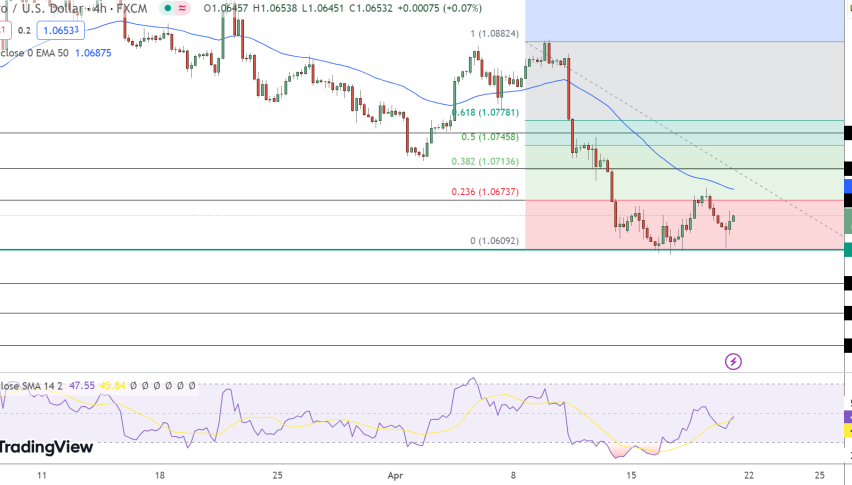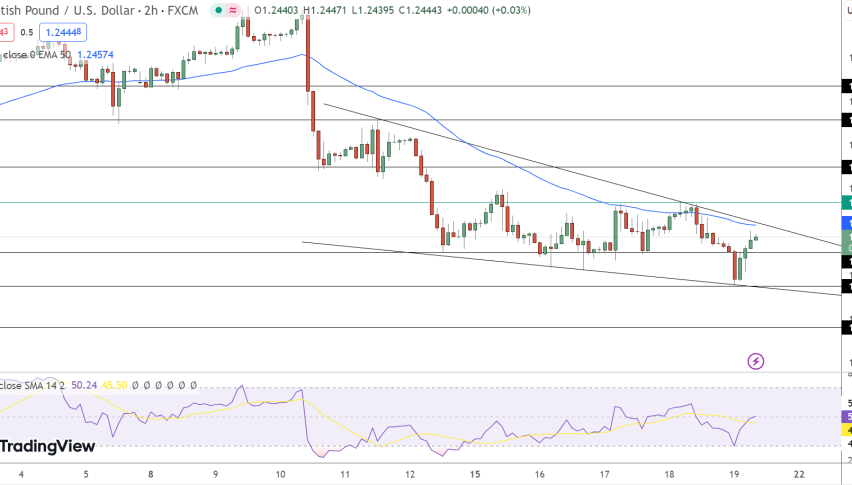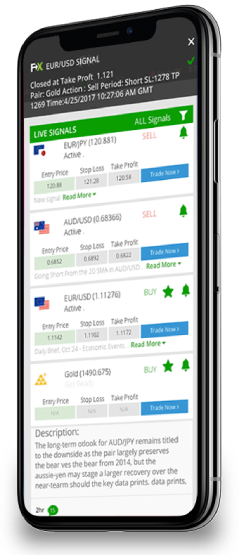
USD/CAD Falls As WTI Crude Challenges $60.00
It has been a quiet day on the global oil markets, led by a tight 103 tick range in May WTI crude futures. The limited action is due in part to a 2:1 May/June contract volume split in WTI futures. For the time being, the slow conditions around $60.00 have sent the USD/CAD south. Forex sentiment toward the Loonie is bearish, with the USD/CAD falling 0.29% on the session.
One of the reasons behind the noncommittal price action in WTI has been this week’s inventory cycle. Here’s a quick recap of the data:
Event Actual Projected Previous
API Crude Oil Stocks -2.618M -1.325M 3.910M
EIA Crude Oil Stocks -3.522M -1.436M -876K
For this time of year, shrinking inventories come as no surprise. With peak demand for refined fuels set to kick off at the end of May, it looks like consumption is already on its way up. Be on the lookout for U.S. oil inventories to continue their downtrend as the spring season wears on.
In addition to the EIA report, the trade balance figures for the U.S. and Canada were released on Wednesday. Below are the hard numbers:
Event Actual Projected Previous
U.S. Balance of Trade $-71.1B $-70.5B $-68.2B
Canadian Balance of Trade $1.04B $1.00B $1.41B
One look at these trade balance figures and today’s downtick in the USD/CAD is no shock. The numbers favor Canada dramatically and they are growing. Of course, the U.S. always runs a large trade deficit while Canada operates on a much smaller economic scale. No matter ― these numbers are certainly contributing to the bearish Loonie.
2021 Low In View For The USD/CAD
As you can see from the weekly chart below, the USD/CAD remains beneath intermediate-term resistance. Technically, it appears that rates are headed lower.
+2021_15+(10_34_28+AM).png)
For the near future, there are two levels on my radar:
- Resistance(1): Weekly SMA, 1.2647
- Support(1): 2021 Low, 1.2356
Bottom Line: If we see the USD/CAD test 2021’s low during April, I’ll be looking to buy in from 1.2365. With an initial stop loss at 1.2315, this trade produces 50 pips on a standard 1:1 risk vs reward ratio.












